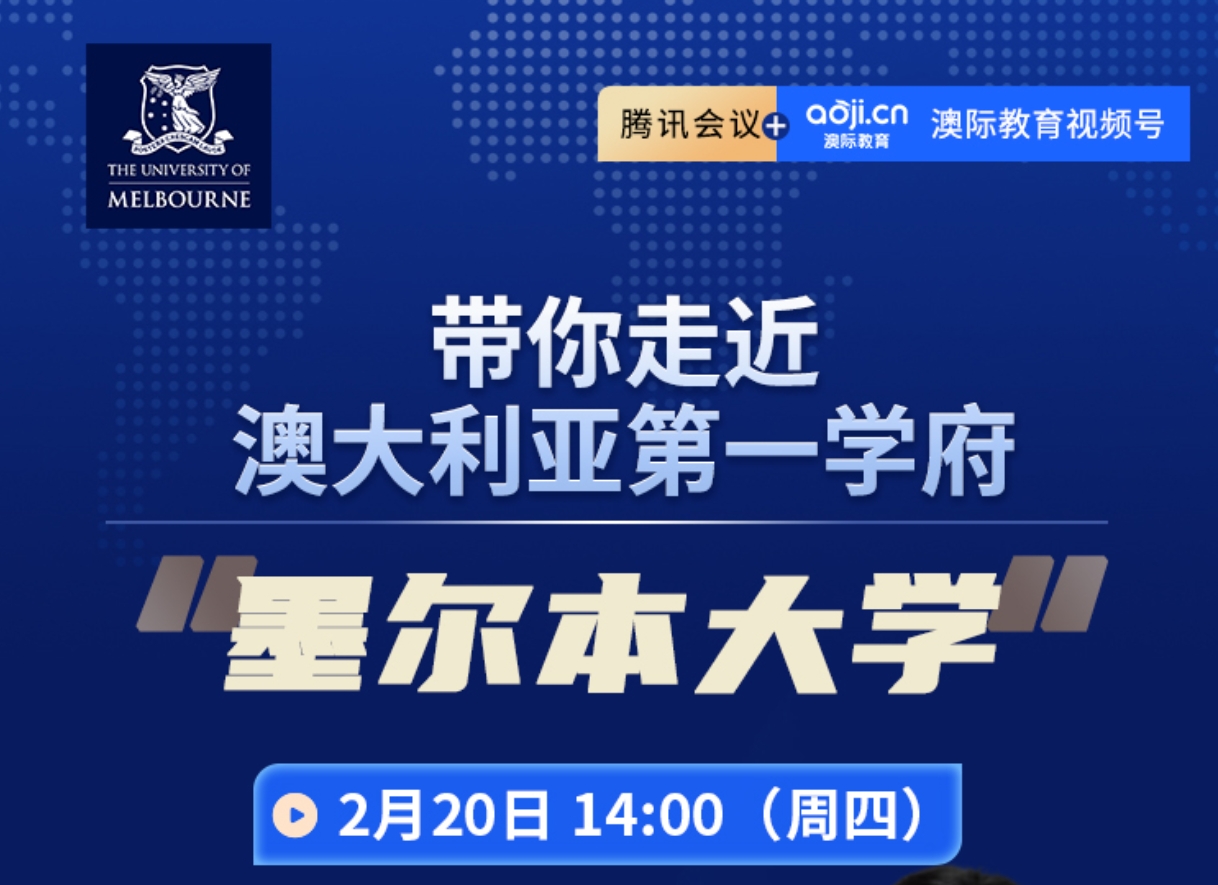GMAT阅读63篇Passage11(附答案).
2017-08-11 71阅读
为了帮助大家复习,本站特为大家整理出GMAT阅读63篇,并附有参考答案,希望大家能够在GMAT阅读考试中获得高分!
Archaeology as a profession faces two major problems. First, it is the poorest of the poor. Only paltry sums are available for excavating and even less is available for publishing the results and preserving the sites once excavated. Yet archaeologists deal with priceless objects every day. Second, there is the problem of illegal excavation, resulting in museum-quality pieces being sold to the highest bidder.
I would like to make an outrageous (exceeding the limits of what is usual) suggestion that would at one stroke (at one stroke: adv.一笔, 一举) provide funds for archaeology and reduce the amount of illegal digging. I would propose that scientific archeological expeditions and governmental authorities sell excavated artifacts on the open market. Such sales would provide substantial funds for the excavation and preservation of archaeological sites and the publication of results. At the same time, they would break the illegal excavator’s grip on the market, thereby decreasing the inducement to engage in illegal activities.
You might object that professionals excavate to acquire knowledge, not money. Moreover, ancient artifacts are part of our global cultural heritage, which should be available for all to appreciate, not sold to the highest bidder. I agree. Sell nothing that has unique artistic merit or scientific value. But, you might reply everything that comes out of the ground has scientific value. Here we part company. Theoretically, you may be correct in claiming that every artifact has potential scientific value. Practically, you are wrong.
I rer to the thousands of pottery vessels and ancient lamps that are essentially duplicates of one another. In one small excavation in Cyprus, archaeologists recently uncovered 2,000 virtually indistinguishable small jugs in a single courtyard, Even precious royal seal impressions known as l’melekh handles have been found in abundance—more than 4,000 examples so far.
The basements of museums are simply not large enough to store the artifacts that are likely to be discovered in the future. There is not enough money even to catalogue the finds; as a result, they cannot be found again and become as inaccessible as if they had never been discovered. Indeed, with the help of a computer, sold artifacts could be more accessible than are the pieces stored in bulging museum basements. Prior to sale, each could be photographed and the list of the purchasers could be maintained on the computer. A purchaser could even be required to agree to return the piece if it should become needed for scientific purposes.
It would be unrealistic to suggest that illegal digging would stop if artifacts were sold on the open market. But the demand for the clandestine product would be substantially reduced. Who would want an unmarked pot when another was available whose provenance was known, and that was dated stratigraphically (stratigraphy: n.地层学, 地层中的岩石组成) by the professional archaeologist who excavated it?
1. The primary purpose of the passage is to propose
(A) an alternative to museum display of artifacts
(B) a way to curb illegal digging while beniting the archaeological profession
(C) a way to distinguish artifacts with scientific value from those that have no such value
(D) the governmental regulation of archaeological sites
(E) a new system for cataloguing duplicate artifacts
2. The author implies that all of the following statements about duplicate artifacts are true EXCEPT:
(A) A market for such artifacts already exists.
(B) Such artifacts seldom have scientific value.
(C) There is likely to be a continuing supply of such artifacts.
(D) Museums are well supplied with examples of such artifacts.
(E) Such artifacts frequently exceed in quality those already catalogued in museum collections.
3. Which of the following is mentioned in the passage as a disadvantage of storing artifacts in museum basements?
(A) Museum officials rarely allow scholars access to such artifacts.
(B) Space that could be better used for display is taken up for storage.
(C) Artifacts discovered in one excavation often become separated from each other.
(D) Such artifacts are often damaged by variations in temperature and humidity.
(E) Such artifacts’ often remain uncatalogued and thus cannot be located once they are put in storage.
4. The author mentions the excavation in Cyprus (lines 31-34) to emphasize which of the following points?
(A) Ancient lamps and pottery vessels are less valuable, although more rare, than royal seal impressions.
(B) Artifacts that are very similar to each other present cataloguing difficulties to archaeologists.
(C) Artifacts that are not uniquely valuable, and therore could be sold, are available in large quantities.
(D) Cyprus is the most important location for unearthing large quantities of salable artifacts.
(E) Illegal sales of duplicate artifacts are wide-spread, particularly on the island of Cyprus.
5. The author’s argument concerning the fect of the official sale of duplicate artifacts on illegal excavation is based on which of the following assumptions?
(A) Prospective purchasers would prer to buy authenticated artifacts.
(B) The price of illegally excavated artifacts would rise.
(C) Computers could be used to trace sold artifacts.
(D) Illegal excavators would be forced to sell only duplicate artifacts.
(E) Money gained from selling authenticated artifacts could be used to investigate and prosecute illegal excavators.
6. The author anticipates which of the following initial objections to the adoption of his proposal?
(A) Museum officials will become unwilling to store artifacts.
(B) An oversupply of salable artifacts will result and the demand for them will fall.
(C) Artifacts that would have been displayed in public places will be sold to private collectors.
(D) Illegal excavators will have an even larger supply of artifacts for resale.
(E) Counterfeiting of artifacts will become more commonplace.
7. The author implies that which of the following would occur if duplicate artifacts were sold on the open market?
I. Illegal excavation would eventually cease completely.
II. Cyprus would become the primary source of marketable duplicate artifacts.
III. Archaeologists would be able to publish the results of their excavations more frequently than they currently do.
(A) I only
(B) III only
(C) I and II only
(D) II and III only
(E) I, II, and III
参考答案:BEEC ACB
GMAT阅读63篇Passage11(附答案)GMAT阅读为了帮助大家复习,本站特为大家整理出GMAT阅读63篇,并附有参考答案,希望大家能够在GMAT阅读考试中获得高分!
Archaeology as a profession faces two major problems. First, it is the poorest of the poor. Only paltry sums are available for excavating and even less is available for publishing the results and preserving the sites once excavated. Yet archaeologists deal with priceless objects every day. Second, there is the problem of illegal excavation, resulting in museum-quality pieces being sold to the highest bidder.
I would like to make an outrageous (exceeding the limits of what is usual) suggestion that would at one stroke (at one stroke: adv.一笔, 一举) provide funds for archaeology and reduce the amount of illegal digging. I would propose that scientific archeological expeditions and governmental authorities sell excavated artifacts on the open market. Such sales would provide substantial funds for the excavation and preservation of archaeological sites and the publication of results. At the same time, they would break the illegal excavator’s grip on the market, thereby decreasing the inducement to engage in illegal activities.
You might object that professionals excavate to acquire knowledge, not money. Moreover, ancient artifacts are part of our global cultural heritage, which should be available for all to appreciate, not sold to the highest bidder. I agree. Sell nothing that has unique artistic merit or scientific value. But, you might reply everything that comes out of the ground has scientific value. Here we part company. Theoretically, you may be correct in claiming that every artifact has potential scientific value. Practically, you are wrong.
I rer to the thousands of pottery vessels and ancient lamps that are essentially duplicates of one another. In one small excavation in Cyprus, archaeologists recently uncovered 2,000 virtually indistinguishable small jugs in a single courtyard, Even precious royal seal impressions known as l’melekh handles have been found in abundance—more than 4,000 examples so far.
The basements of museums are simply not large enough to store the artifacts that are likely to be discovered in the future. There is not enough money even to catalogue the finds; as a result, they cannot be found again and become as inaccessible as if they had never been discovered. Indeed, with the help of a computer, sold artifacts could be more accessible than are the pieces stored in bulging museum basements. Prior to sale, each could be photographed and the list of the purchasers could be maintained on the computer. A purchaser could even be required to agree to return the piece if it should become needed for scientific purposes.
It would be unrealistic to suggest that illegal digging would stop if artifacts were sold on the open market. But the demand for the clandestine product would be substantially reduced. Who would want an unmarked pot when another was available whose provenance was known, and that was dated stratigraphically (stratigraphy: n.地层学, 地层中的岩石组成) by the professional archaeologist who excavated it?
1. The primary purpose of the passage is to propose
(A) an alternative to museum display of artifacts
(B) a way to curb illegal digging while beniting the archaeological profession
(C) a way to distinguish artifacts with scientific value from those that have no such value
(D) the governmental regulation of archaeological sites
(E) a new system for cataloguing duplicate artifacts
2. The author implies that all of the following statements about duplicate artifacts are true EXCEPT:
(A) A market for such artifacts already exists.
(B) Such artifacts seldom have scientific value.
(C) There is likely to be a continuing supply of such artifacts.
(D) Museums are well supplied with examples of such artifacts.
(E) Such artifacts frequently exceed in quality those already catalogued in museum collections.
3. Which of the following is mentioned in the passage as a disadvantage of storing artifacts in museum basements?
(A) Museum officials rarely allow scholars access to such artifacts.
(B) Space that could be better used for display is taken up for storage.
(C) Artifacts discovered in one excavation often become separated from each other.
(D) Such artifacts are often damaged by variations in temperature and humidity.
(E) Such artifacts’ often remain uncatalogued and thus cannot be located once they are put in storage.
上12下
共2页
阅读全文留学咨询
更多出国留学最新动态,敬请关注澳际教育手机端网站,并可拨打咨询热线:400-601-0022
留学热搜
相关推荐
- 专家推荐
- 成功案例
- 博文推荐

Copyright 2000 - 2020 北京澳际教育咨询有限公司
www.aoji.cn All Rights Reserved | 京ICP证050284号
总部地址:北京市东城区 灯市口大街33号 国中商业大厦2-3层









高国强 向我咨询
行业年龄 12年
成功案例 3204人
留学关乎到一个家庭的期望以及一个学生的未来,作为一名留学规划导师,我一直坚信最基本且最重要的品质是认真负责的态度。基于对学生和家长认真负责的原则,结合丰富的申请经验,更有效地帮助学生清晰未来发展方向,顺利进入理想院校。
Amy GUO 向我咨询
行业年龄 17年
成功案例 4539人
一切的一切从现在开始.用自己的态度闯出一片天
薛占秋 向我咨询
行业年龄 11年
成功案例 1869人
从业3年来成功协助数百同学拿到英、美、加、澳等各国学习签证,递签成功率90%以上,大大超过同业平均水平。
Tara 向我咨询
行业年龄 7年
成功案例 1869人